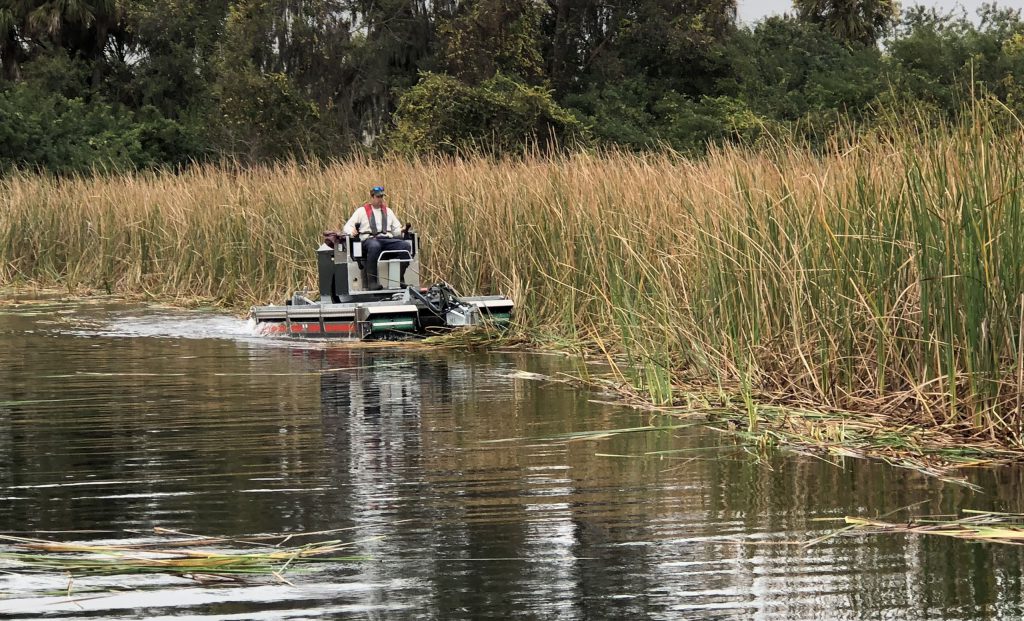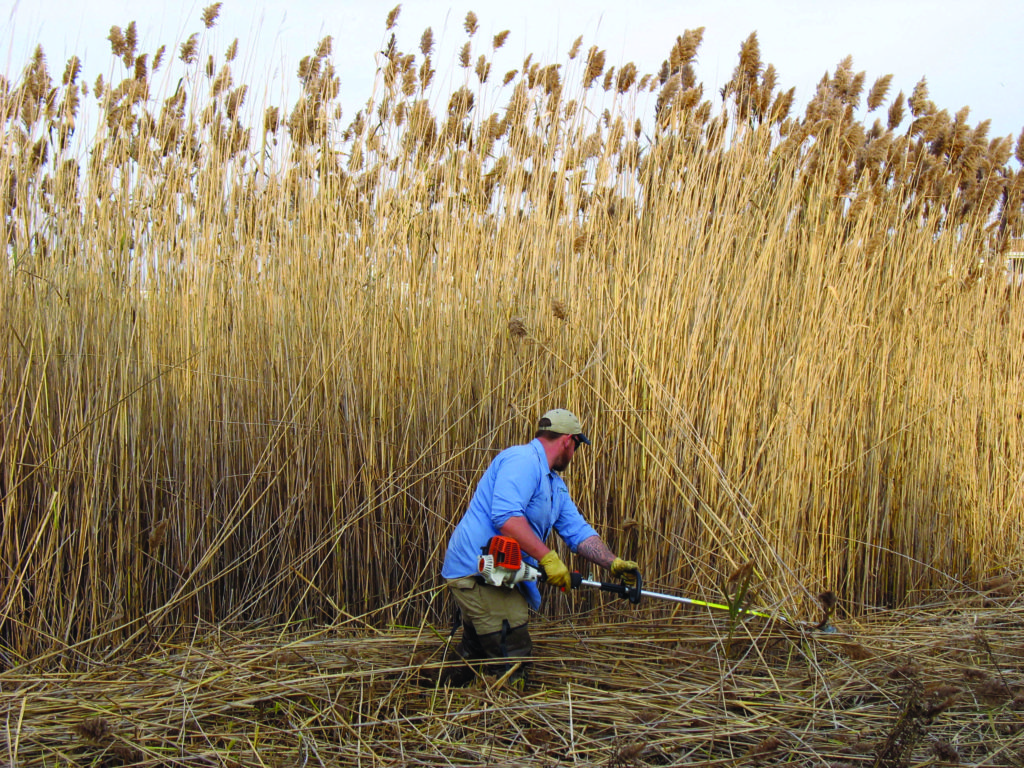
Wetland and Invasive Species Control
Wetlands provide food and shelter for many different species and are vital filters for surrounding watersheds. Human disturbance often leads to non-native species being introduced to wetlands and such species reduce existing native vegetation. Phragmites and Purple Loosestrife are a few species that will often invade a wetland and out-compete beneficial plants. Many of these species will often shade out competition or create a complex root system that prevents growth of other plants. Further upland other invasive species will create issues in woodland areas and monocultures of non-native species will reduce biodiversity.
SOLitude is experienced with the management of invasive and nuisance plants in both aquatic and wetland habitats. We practice an integrated approach when working in these fragile habitats, employing both herbicide application and mechanical techniques. We can handle the project from problem assessment and design, through permitting, implementation and post-implementation monitoring.
Much of our work focuses on the control of common reed (Phragmites) and purple loosestrife (Lythrum salicaria) occurring along pond, lake and stream margins, natural as well as constructed wetlands, and a variety of coastal habitats. Ailanthus, Japanese Stiltgrass, and Privet are species that will often require control in upland situations. SOLitude routinely manages invasive plants on sites less than one acre to other large projects and sites in excess of 200 acres. Our team of Biologists has the applied experience and cutting-edge technology to know what specific herbicide and application techniques are most appropriate for a given site. Herbicide applications are tailored to be area specific and species selective to the extent possible. The overall objective of most projects is to effectively manage the aggressive invasive weeds thereby allowing desirable native plants to recolonize the site. Application techniques routinely used, include; hand-wicking; spot spraying (backpack); truck-mounted sprayers; Airboat application and Amphibious Track Vehicles equipped with spray platforms.
Proactive Management of Invasive Species Is Essential
In some situations, spraying followed by cutting and mulching, will hasten the recovery of native plants (from the “seed bank”) once the invasive plants are controlled. SOLitude has a variety of specialized amphibious and low ground pressure machinery at our disposal for such projects.
Monitoring is a key component to any wetland or other invasive species management program. With regular inspections of your sites, you can identify and control problem species before they have a chance to proliferate. Early identification will also greatly reduce the expense associated with control, allowing for small scale selective treatments rather than the large scale and expansive treatments that are required once a problem species has taken over.
Click on the button below to speak with the experts at SOLitude Lake Management about helping you control non-native wetland species.











